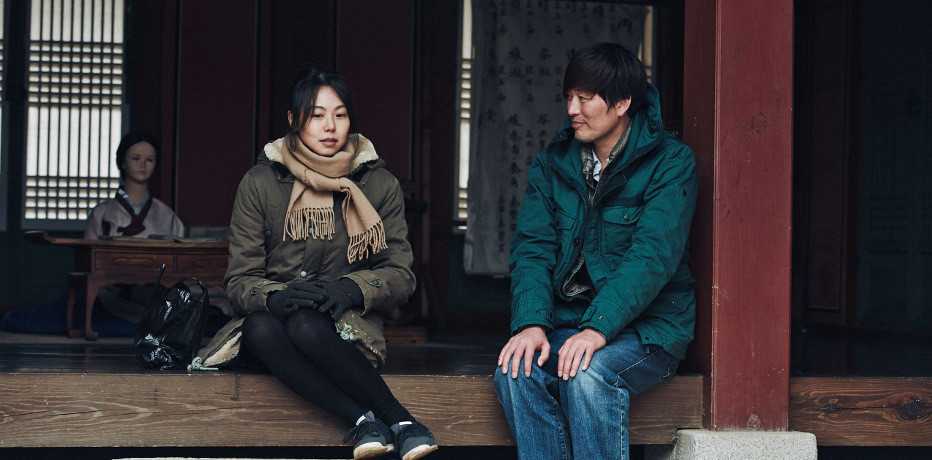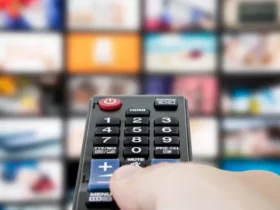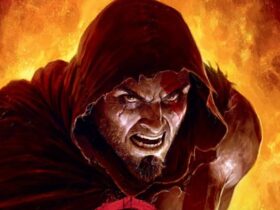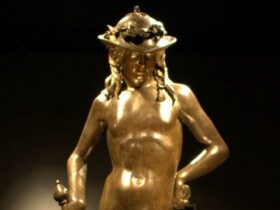Welcome back to our weekly appointment with In the mood for East, a column entirely dedicated to oriental cinema. Today we talk about Hong Sang-soo’s Right now, wrong then
There are some films capable of captivating us for the beauty of the images. Imaginary scenarios that literally transport us to other dimensions, frames that refer us to real paintings. Other films capture us instead for the tension, the action, the adrenaline: with them we get terrified, we get excited, we lose our breath. Still others make us fall in love with their characters, written as if they could be here next to us, as if we had always known them. And then there are those who inundate you with words, so much so that you are ecstatic: think of Woody Allen, think of Richard Linklater. Because words are important, they are storytellers, they have immense power. On the other hand, if it were not so we would not be here to write.
In oriental cinema it doesn’t happen often to talk about rivers of words (sorry, the Sanremo festival has just ended…). On the contrary, we usually focus more on the images, on the unspoken, on the sensations. This is not the case with Hong Sang-soo, South Korean director which, throughout his prolific career, he has always dealt with deconstruct their own cinematographic language, even through words. That’s why today on In the mood for East we will analyze Right now, wrong then, 2015 film winner of the Golden Leopard at the 68th edition of the Locarno Film Festival. Although the dialogues run fast throughout its duration, you will see that this will be a film capable of instilling a great serenity.
Trama e trailer | Right now, wrong then
Ham Cheon-soo (Jeong Jae-yeong, already seen in Castaway on the Moon) is a famous director traveling to Suwon for a press conference dedicated to the presentation of his latest film. Arriving in the city one day early, he decides to be a tourist, and goes to visit a suggestive temple. Here he notes the beautiful Yoon Hee-jeong (Kim Min-hee), a young painter in search of her artistic path. The two get acquainted, and end up spending the day together.
It’s another day. Ham Cheon-soo is a famous director traveling to Suwon for a press conference dedicated to the presentation of his latest film. Arriving in the city a day early, he decides to behave like a tourist, and goes to visit a suggestive temple. Here he notes the beautiful Yoon Hee-jeong, a young painter in search of her artistic path. The two get acquainted, and end up spending the day together.
What would have happened if…? | Right now, wrong then
If you have just finished reading the plot of the film, you are probably thinking that a mistake has been made, or even that the writer has gone mad. Don’t worry, none of this. Because the plot of the film is just that, a story that repeats itself. The characters, the places, the situations are the same. And the things the two characters say to each other are pretty much the same. So what changes? What’s the point of seeing a movie segment twice? Did the director decide to make fun of us a bit?
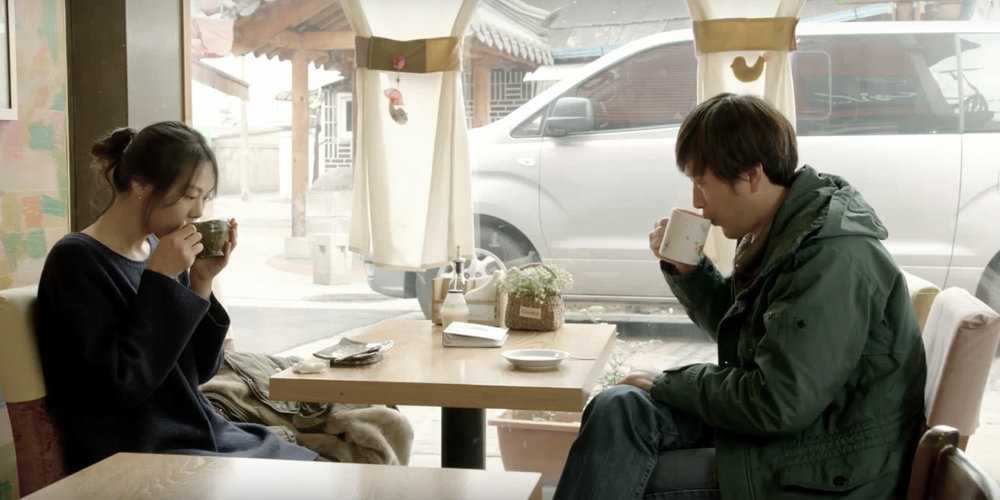
In reality something changes. Events happen the same way, but the nuances are different. And perhaps also the outcome of the encounter (of the two encounters), in this peculiar experiment. To recap: the film is divided into two parts, and things repeat themselves. As in Starting Over, where Bill Murray found himself day after day trapped in a time tunnel.
In Right now, wrong then, però, the sliding doors mechanism is not justified by any narrative expedient. It is only the director who enjoys playing with his film (whose script bears his signature), with its story, structure and characters, albeit in a very subtle way. So: two stories, time, and the cinema that has the ability to change the cards on the table. And last but not least, a director who makes repetition his strong point, rather than a reason for criticism.
Words are just an obstacle | Right now, wrong then
How is all this possible? After all, the characters are exactly the same. Their attitude changes. At first Cheon-soo is more self-conscious, she refrains from telling the whole truth, while Hee-jeong is more sure of herself, of her abilities. In the second segment, the first becomes more sincere, for better or for worse, while in the second there is a veil of restlessness, of dissatisfaction. Ed it’s amazing how you can make it all by saying essentially the same things and following the same path. And how we end up loving the characters deeply, probably as much as its creator loves them. Just like we followed the protagonists of Linklater’s “before” trilogy – here too the words are fundamental – where romanticism took a completely different turn from what we were used to on the screens.
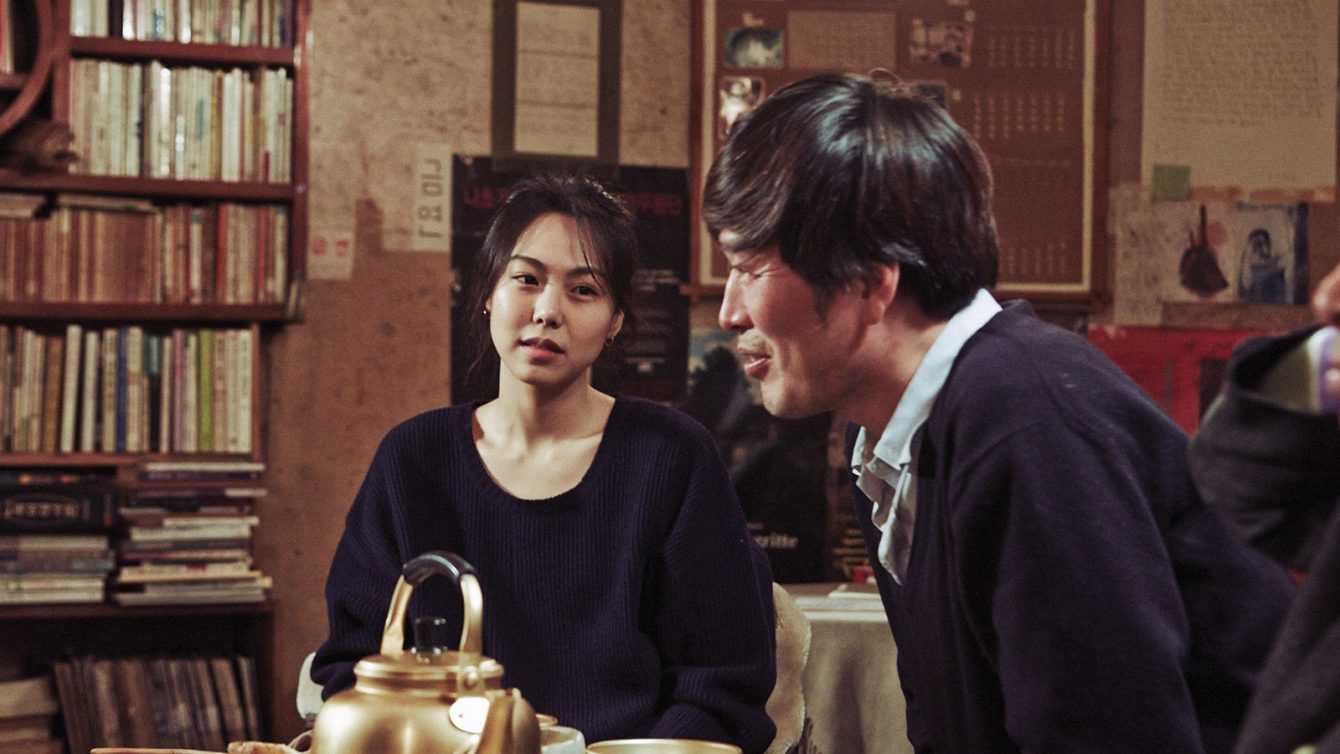
Hong Sang-soo performs an experiment focusing on variations of narration and cinematographic language, rather than on a purely “directorial” level. His movements merely follow the characters horizontally, with some daring zoom to emphasize his “presence”. Great scripts are said to be made of balance in dialogue, and it’s amazing how the director keeps us glued to the screen with an often fixed camera, two characters and their words. And not once, but twice, as if we were witnessing the “same” movie all over again.
Because if words are just an obstacle, as the protagonist states in a scene from the film, then maybe it is cinema and art that are so powerful that they are able to change our gaze on things.
Conclusions
Hong Sang-soo is a director unfairly passed on on the sly, here in Italy. The advice is to undoubtedly recover his works. His perspective is always new and creative, as Right now, wrong then also shows us. A film that really runs the risk of making you fall in love, also strong in the interpretations of the two splendid protagonists.
Keep following ours specials on cinema and TV series on this page, with new and interesting appointments every week!






